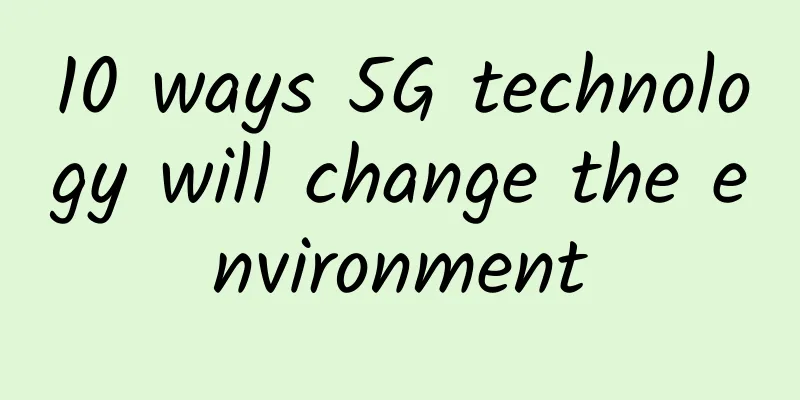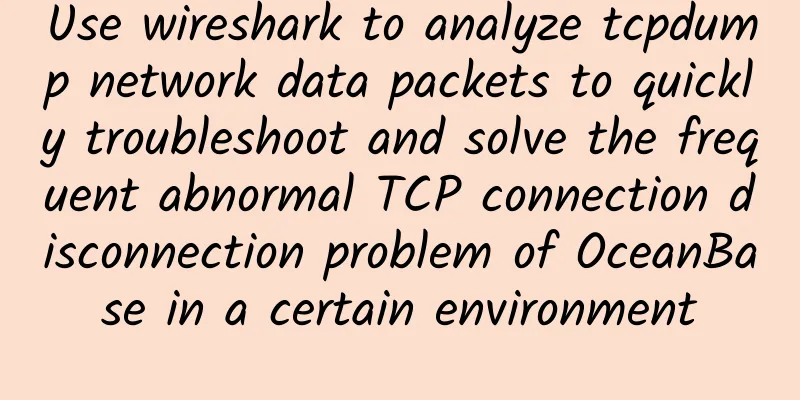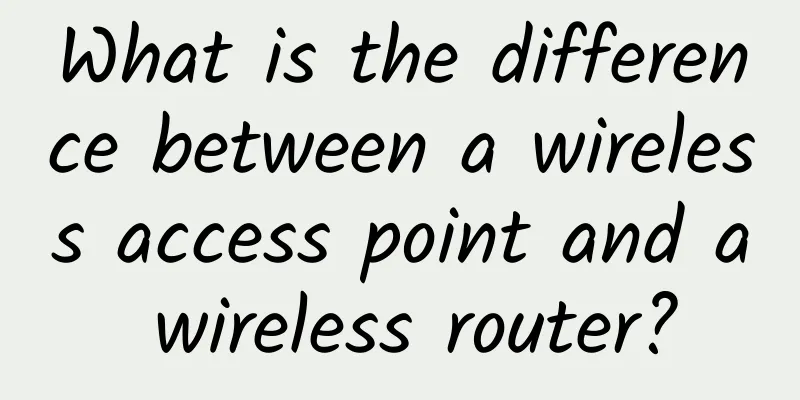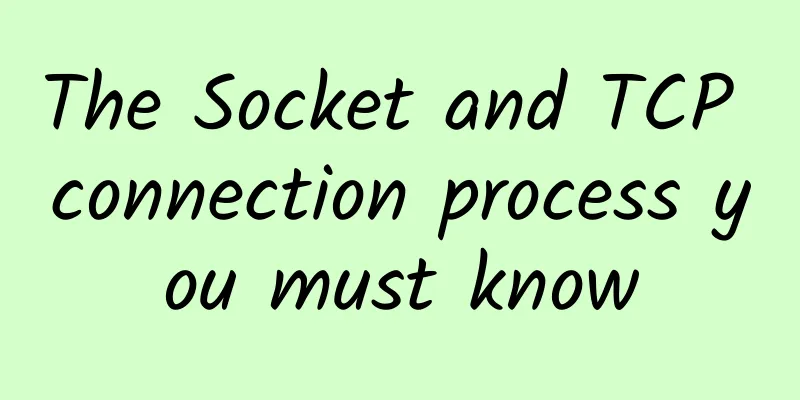10 ways 5G technology will change the environment

|
5G technology will enable any connected electrical device to sense and respond intelligently to demand or other changes, which will have profound implications for energy use. In this way, the energy consumed by manufacturing, agriculture, public transport, public services and the ICT networks themselves could be significantly reduced. Similarly, responsive grids will provide energy when needed, and 5G-equipped homes will be able to manage their own energy usage, reducing resource consumption.
In this article, we take a look at some of the most transformative environmental technologies that 5G will help deliver. From smarter cars, to improved air quality, to more efficient energy consumption, 5G will make a significant contribution to improving our environment. 1. Smart Grid Currently, smart grids in many countries already use metering, communication and control technologies to manage energy use, but 5G will take resource management to the next level. IoT-connected devices (for example, in smart cars, homes, buildings and stadiums) will quickly alert their local grids to surges in demand and be able to respond dynamically. IoT devices go to sleep when not in use, again significantly reducing energy demand. In fact, a recent O2 report suggests that IoT technology could lead to a 12% reduction in household energy use, equivalent to 6.4 million tonnes of CO2. 5G will enable the increased use of renewable energy sources such as wind and solar, but they can be erratic, so 5G will be able to better manage these resources to balance generation and consumption. 2. Smart City Smart cities aim to address many issues that affect the urban environment, one of which is the impact of city living on the environment. Sensors connected to electric vehicles, traffic lights, smart meters, trash bins, urban gardens and more will send information back to managers, who can design cities to use less electricity and reduce carbon emissions. Devices and sensors in roads, cars, street lighting, homes, buildings, etc. can provide a wealth of data, which will enable local governments to use AI systems to adjust energy spending. Smart energy policies can be implemented throughout the city to reduce energy use, monitor and manage air quality, and track electricity, water, and waste. According to a McKinsey report, by 2025, smart cities will reduce greenhouse gas emissions by 10-15% and save 25-80 liters of water per person per day. 3. Smart Street Lights Connected street lighting is a key element of any smart city and can help improve the environment in a number of important ways. Most obviously, when combined with big data, demand can be analysed to ensure that lights are only on when residents or traffic need them. Similarly, streetlights will communicate with street lamps to ensure that the path of passers-by is illuminated and always surrounded by a circle of light (but will be turned off when passers-by walk through). A 2018 O2 report found that the average city could save £1.3 million on electricity bills by adopting smart LED streetlights, 5G sensors and wireless technology. Street lamps could also be equipped with sensors to monitor air pollution or temperature. 4. Water management Pipe leaks and other water outages mean a lot of water is wasted around the world. In fact, a 2019 report by US research organization Brookings estimated that burst pipes, leaks and water theft account for 50% of the global supply or 75% in emerging markets. IoT-connected sensors in pipes or above the ground would alert of pipe damage or leaks before too much water is lost. Similarly, 5G smart water metering in homes could be set up to limit usage. Farm irrigation is very water intensive, with water used without much regard for the moisture in the soil. 5G sensors would be used to ensure water is not wasted on crops where it is not needed. 5. Smart electric vehicles
Although 5G-powered self-driving cars are still some way off, they are expected to be far more efficient than current cars when paired with a network capable of supporting millions of connected devices. 5G navigation will allow for quick and direct routes to destinations, and roadblocks and delays can be avoided and reduced (preventing queues of cars from releasing toxic fumes). Sensors in cars or surrounding infrastructure will instantly alert maintenance operators about road surface damage, again increasing efficiency. 6. Food production and consumption As mentioned, 5G sensors in the soil will be able to monitor moisture levels, meaning less water is wasted on crops, but these sensors will also be able to assess whether crops are receiving enough sunlight or too much. They will be able to check the balance of nutrients in the soil and whether plants are wilting, preventing them from spoiling. This means that sensors will alert users that the food they buy in their fridge or cupboard is at its best. This will prevent food waste, as according to the Food and Agriculture Organization of the United Nations, about 1/3 of the food produced for our consumption is wasted, including more than 40% of fruits and vegetables. 7. Air Quality The United Nations believes that by 2050, 68% of the population will live in densely populated urban areas, causing more waste, congestion and pollution. With sensors throughout smart city infrastructure (for example, attached to street lights, buildings or road signs), environmental management departments will be able to use real-time and accurate data for management and decision-making through air quality systems. This can be used to manage pollution hotspots. Air purifier systems (which may be installed in smart buildings, vehicles and consumer devices) can also be connected to 5G sensors to detect particles in the air. 8. Building efficiency Buildings consume much of the world’s energy, and designs incorporating 5G sensors could significantly reduce that use. Lighting, heating, cooling, and other operations could be dispatched as needed, with energy generated by the building itself (for example, through solar power, which is then redistributed as needed again). In offices, 5G can be combined with big data and AI to automatically adjust lighting, heating or air conditioning as needed. Resource-intensive buildings like hospitals can also take advantage of 5G sensors and AI to provide critical care based on historical patterns. This may also be useful in university campuses or office buildings with many multi-functional buildings. In addition, IoT devices may know that people have left the building or will automatically turn off the power after a preset time, saving energy consumption. 9. Smart Meters 5G-connected meter infrastructure will reduce outages and power spikes and help consumers lower their monthly utility bills, allowing gas, electricity and water readings to be accessed remotely via mobile devices. Home energy management systems connected to smart meters will allow residents to modify their utility usage. The European Commission estimates that by 2020, around 200 million smart electricity meters and 45 million gas meters will be rolled out to meet the needs of 72% of electricity users and 40% of gas users. 10. The infrastructure itself This is a controversial issue because 5G infrastructure will require more equipment, more small cell transmitters and more data centers, all of which means increased resource use and energy consumption. Some reports estimate that the ICT industry's percentage of global emissions could jump from the current 3% to 14% by 2040, which is not an ideal result. However, most network companies are designing and building components with significant efficiency improvements in mind. Huawei has already built 5G base stations in China that use 20% less power than 4G stations, using power management software and requiring fewer heat-generating electronic components. Similarly, 5G can manage solar or liquid cooling within base stations as needed, and some European companies have reduced CO2 emissions by 80% this way, according to an article in The Atlantic. 5G will take advantage of sleep modes when down, and analytics and AI can be used to model power usage. |
>>: Is 5G only about fast internet speed? Is it a rigid demand or a false demand?
Recommend
The difference between hybrid WAN and SD-WAN
The concepts of hybrid WAN and SD-WAN are often m...
Linkerd 2.10 (Step by Step)—Install Multi-Cluster Components
[[406693]] The Linkerd 2.10 Chinese manual is bei...
The number of users is not increasing, the time spent is declining, and 5G applications are delayed. Can we only wait for the flowers to bloom in 2021?
As for why? No need to look at the official expla...
SASE is advancing rapidly, and the first-line is stepping up efforts to empower the computing power era
With the accelerated development of enterprise di...
An Shumei, President of Ruijie University: The difficulty of integrating industry and education lies in the change of concepts
[Original article from 51CTO.com] "Industry-...
Gcore: KVM host from €1.08/month, 26 data centers available in Russia/Asia Pacific/Europe and America
G-core (gcorelabs) is a foreign hosting company f...
Visit the exhibition area without leaving home and experience Huawei's 5G technology beyond your imagination
[51CTO.com original article] Not long ago, Huawei...
BandwagonHost: $84/year Los Angeles CN2 GIA, Japan Softbank, Netherlands AS9929 line replenishment
Bandwagonhost previously launched a SPECIAL 20G K...
Almost all companies hope to increase user revenue through 5G investment
The latest survey report from network security ve...
5G is not for demonstration, but for use: my country has entered the second half of 5G
Simply put, demonstration and use are two differe...
The average monthly salary of 5G talents exceeds 14,000 yuan, and Beijing, Shanghai and Shenzhen are most in need of talent
As 5G commercialization approaches, the demand fo...
Users say | "Double High Construction" improves the level of informatization: Etherlight helps Xi'an Railway Vocational and Technical College in its intelligent digital transformation
Introduction: Xi'an Railway Vocational and Te...
Intel to jointly develop 5G technology with Indian telecom operator Reliance Jio
On June 23, according to Mobile World Live, Intel...
Zhao Rong wishes you good luck in the Year of the Dragon! All the best!
In spring there are hundreds of flowers, in autum...
The United States has another big move for 5G: agreeing to merge two major operators
[[265869]] The Trump administration has tried eve...









